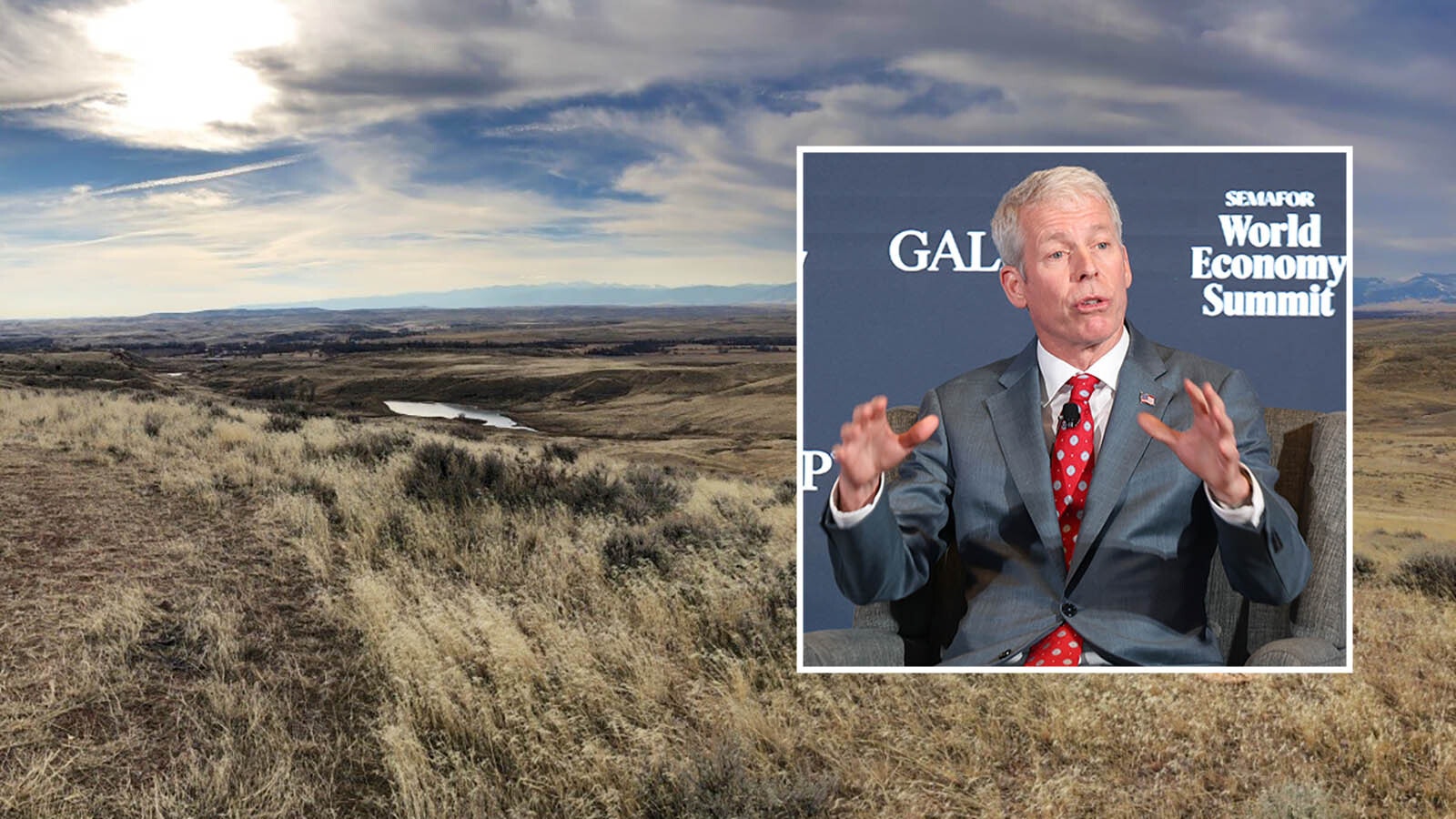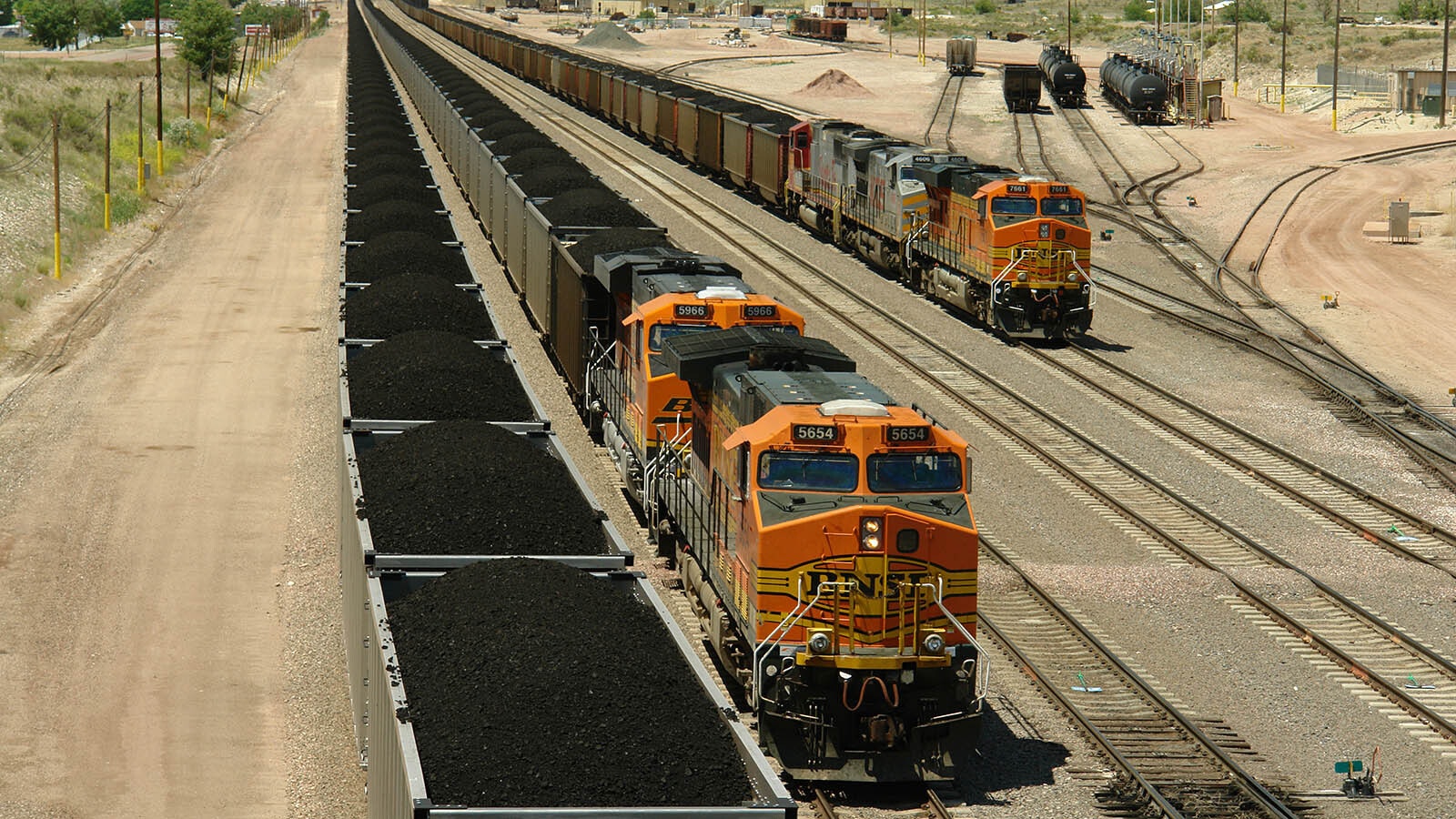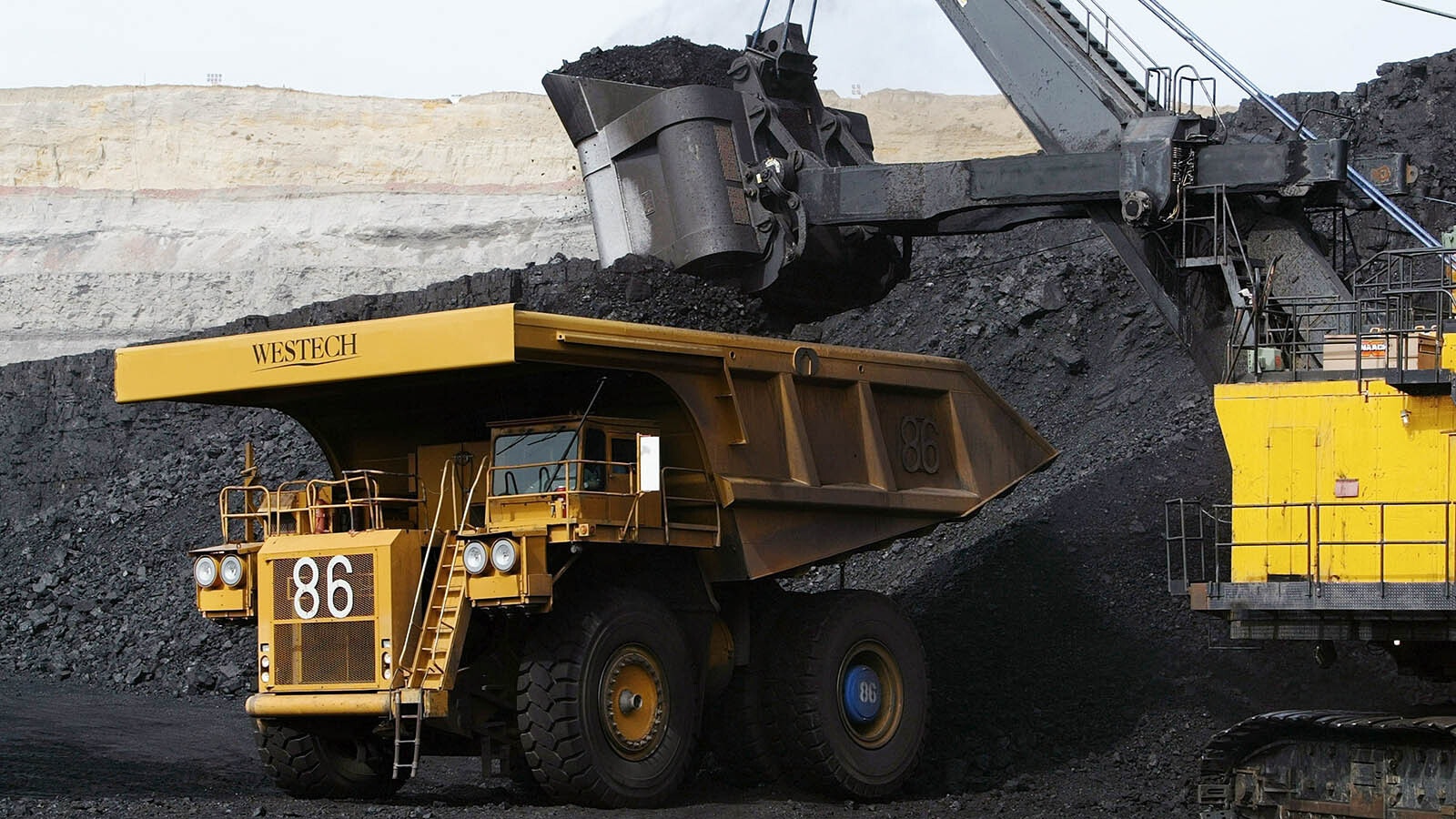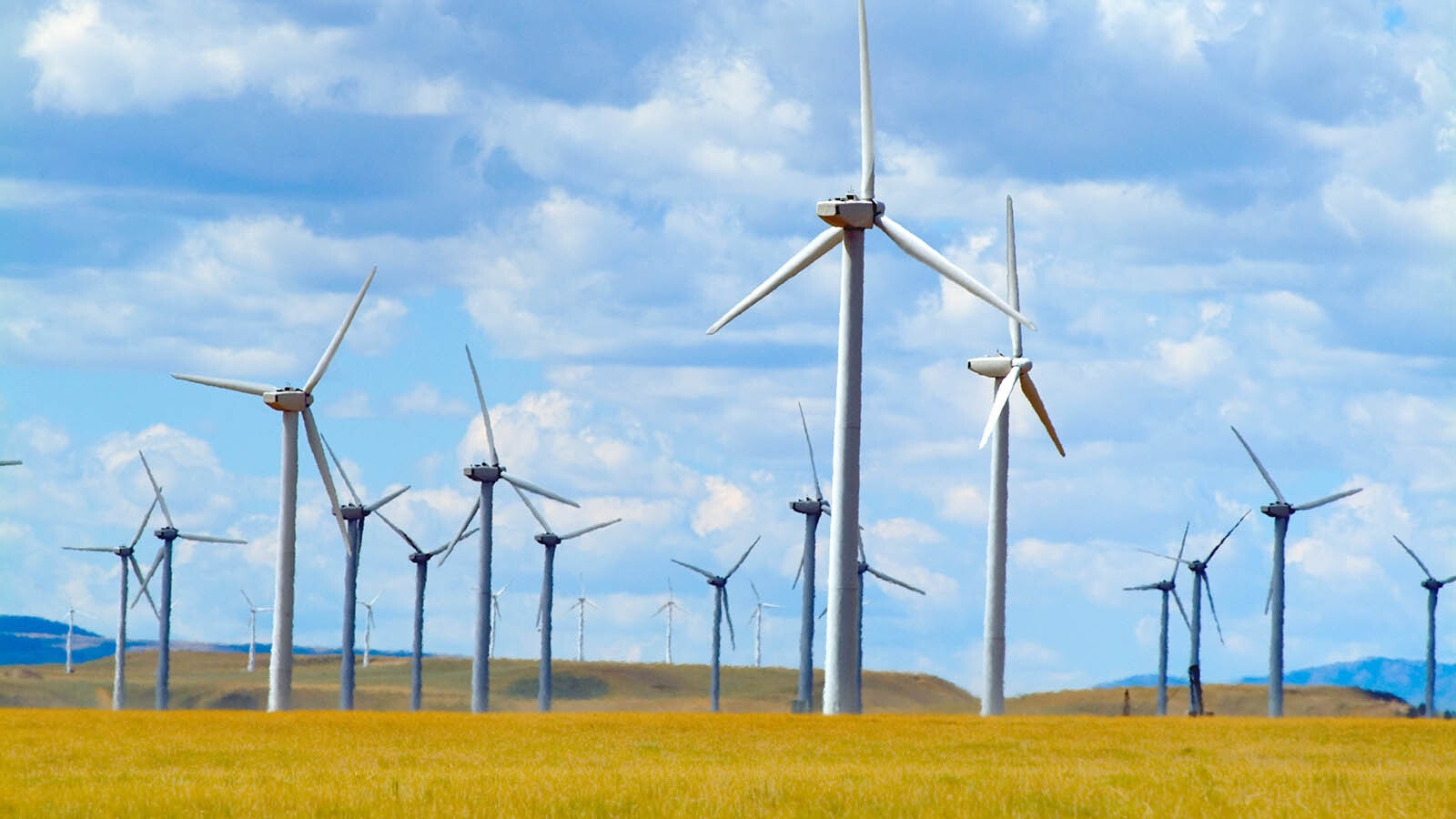Saying Colorado hasn’t done enough to protect its own air quality, a chemical engineer is calling foul on the U.S.Environmental Protection Agency for blaming Wyoming for part of Denver’s smog problem.
“There is no possible way for EPA to justify forcing Wyoming to take action to reduce ozone in Colorado, when EPA has never required Colorado to take any action to reduce ozone within the state,” Barney Strobel, a retired chemical engineer in Centennial, Colorado, wrote in a letter to Wyoming Gov. Mark Gordon.
EPA Region 8 officials did not respond Thursday morning to voicemails requesting comment.
The EPA last month announced its intention to launch a federal pollution control plan for Wyoming, due to its estimation that emissions from Wyoming, blown south by its strong winds, contribute about 1% to Denver-area ground ozone.
The EPA’s proposed “Good Neighbor” policy would enable it to further restrict emissions in upwind states like Wyoming due to their projected contribution to smog in states like Colorado.
Gordon had dispatched a statement of his own in March deriding the policy change and vowing to fight it, although he has not specified how.
Strobel, who worked in air quality for 12 years, said in his letter to Gordon that the EPA has taken an unrealistic leap in blaming Wwyoming for Colorado’s ground ozone.
Colorado’s Air Quality
The EPA has deemed Colorado’s Denver-Chatfield region a “serious” air quality offender, but is soon to downgrade the area to a “severe” designation, which will bring additional permitting requirements for businesses and higher gas prices to Colorado.
These gestures, said Strobel, can’t be guaranteed to reduce ozone, because the hundreds of millions of dollars in state revenue generated by the fees are not committed to ozone reduction and can be used for any purpose.
Strobel also noted that ozone readings at three Colorado monitors have not changed significantly over 30 years of tracking, except for fluctuations amid wildfires and other events, according to an EPA chart. Strobel called this a sign of the ineffectiveness of the pollution control attempts touted by Colorado so far.
For example, he said, a 2011 pollution control plan by Colorado contained “only one federally-enforceable program,” which was to reduce emissions from condensate tanks at oil and gas facilities.
The move didn’t reduce ozone, Strobel said, referencing the chart.
Yet the EPA’s satisfaction with Colorado’s ineffective pollution control plans, wrote Strobel, makes the agency’s proposed enforcement against Wyoming appear “malicious.”
“Since ozone has not dropped, even though the state agencies claim that precursors (contributing chemicals) have dropped by more than 43%,” he continued, “it is clear that the state agencies do not have an accurate emissions inventory.”
Argument For Governor
Strobel said he also doubts the accuracy of the models underpinning EPA’s focus on upwind states.
Aiming to equip Gordon for a debate with the EPA, Strobel wrote in his letter that the inaccuracy window in EPA’s projections is about 10 times larger than the value used to incriminate Wyoming on Colorado’s behalf.
“EPA states that the average difference between the projected values and the actual values is 7.79 ppb (parts per billion of ozone-contributing chemicals),” reads Strobel’s letter to the governor.
Wyoming’s likely inclusion in the “Good Neighbor” restrictions is due to its projected 0.81 ppb contribution to Colorado’s total ground ozone, which is projected to be 71.7 ppb in 2023.
“If the model cannot project values with any more accuracy than 7.79 ppb for Chatfield,” wrote Strobel, “it is absurd for EPA to suggest that they can project that 0.81 ppb will come from Wyoming.”
If Wyoming’s projected contribution had been below 0.7 ppb, the state would not fall under the “Good Neighbor” restrictions.
“With such poor accuracy,” continued Strobel, “it is also absurd for EPA to claim that they can distinguish between 0.81 ppb and the 0.7 ppb threshold for requiring action.”
Wyoming Wind
Strobel said he further doubts the accuracy of the monitor that measures Wyoming’s contribution to Colorado’s ozone problem because other monitors “lined up” north to south of it registered projected contributions from Wyoming totaling half as much.
“Whether the ozone from Wyoming is supposed to be moving south from Cheyenne or coming from the west over the mountains, at most,” Strobel said, “the concentration of ozone from Wyoming will be the same as at (another monitor) just 14 miles north.”
The monitor in question is also farther than Wyoming from the other two monitors projecting safer ozone values, Strobel noted.
“There is no possible way that the concentration of ozone from Wyoming can be 0.46 ppb at (the other two monitors) and then somehow magically increase by 75% to 0.81 ppb south” of there, he wrote.
Another inaccuracy, Strobel posited, is found in the model’s failure to consider volatile organic compounds from plants, which interact with nitrogen oxides to create ozone and are, he said, three times more plentiful in Colorado than man-made VOC.
“Since the model does not even consider the most probable ozone reaction, there is no justification for claiming that the model can project contributions from upwind sources with an accuracy of two decimal places,” Strobel added.
A spokesman for Gordon’s office confirmed on Thursday that the governor has received Strobel’s letter but said he has not yet had a chance to review it personally.





